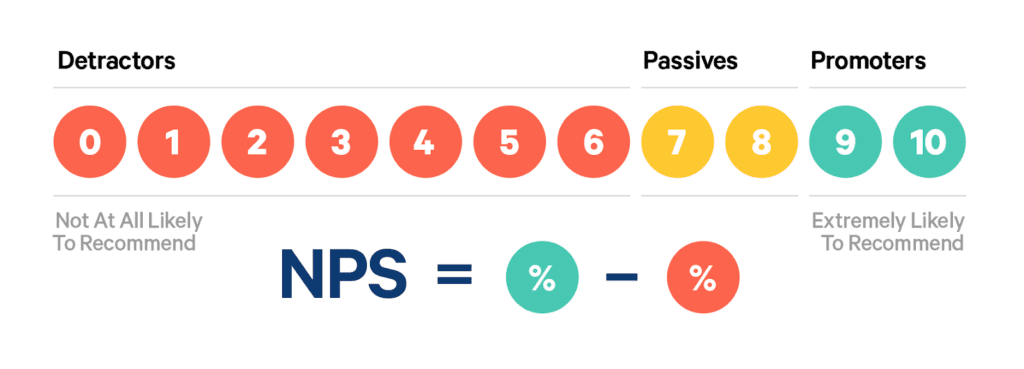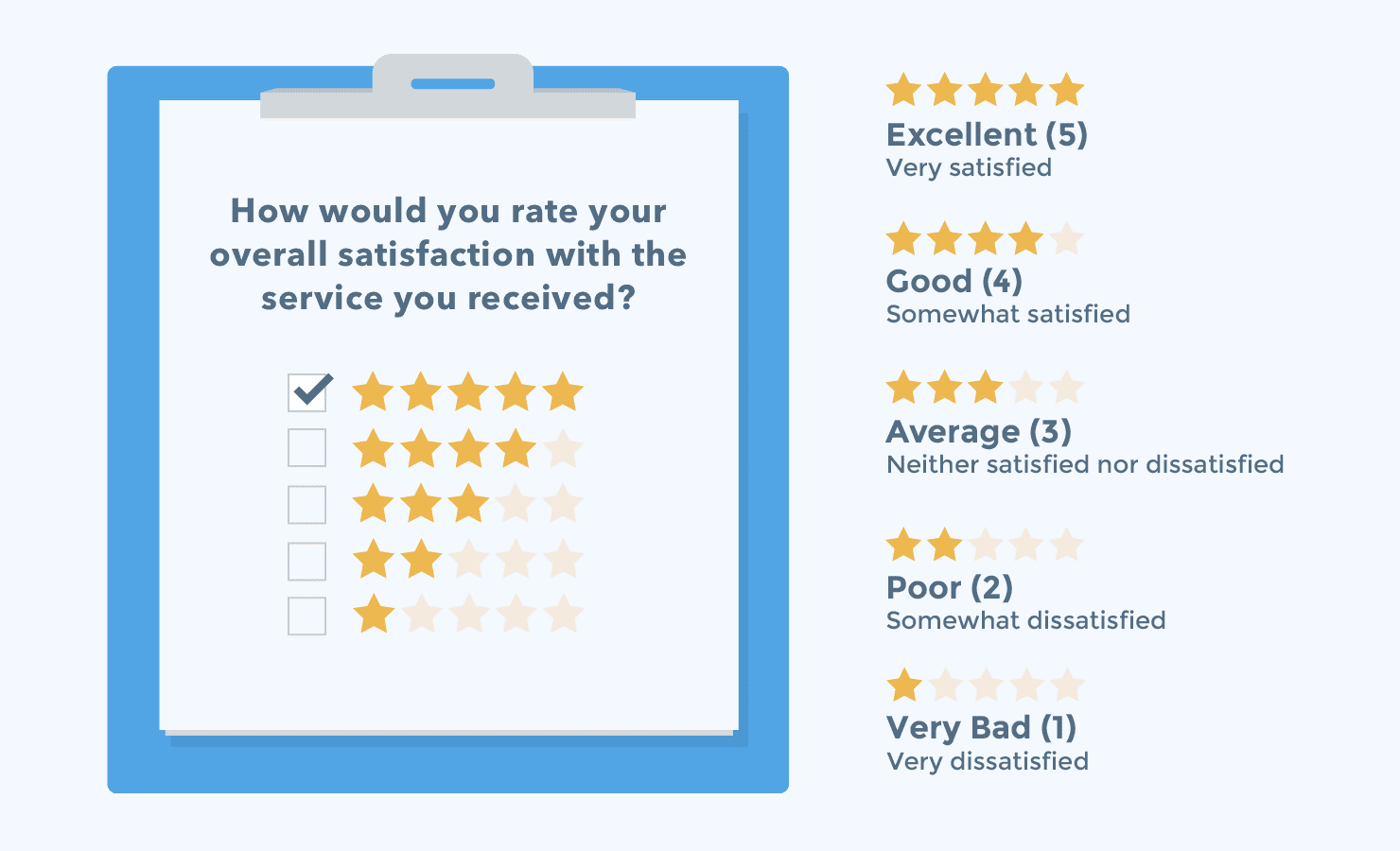3 Techniques For Measuring Customer Experience

If improving customer isn’t your business’s number one priority, you aren’t moving in the right direction. You'll be left far behind if you'll fail to deliver exceptional customer experience.
Why?
Because over 90% of companies compete on the basis of customer experience alone. It is expected that in the future, businesses will solely compete on the basis of customer experience.
There isn’t an option. You have to do it. You have to do it now.
Measuring customer experience is equally important. If you are not measuring it, you won’t be able to do it better than your competitors. Measuring customer experience using the right metrics and tools is essential.
Customer experience metrics let you measure customer experience quantitatively (mostly). Customer experience is a qualitative variable so it’s not easy to measure. There are multiple metrics that let you measure customer experience quantitatively, and this is what exactly we will cover in this guide.
This short guide will show you how you can measure customer experience like a pro without getting lost.
1. Net Promoter Score (NPS)
Net Promoter Score (NPS) is one of the most famous and leading customer experience metrics that lets you measure it and predict business growth. NPS is the percentage of your customers who will or will not recommend your business to a friend or colleague or someone they know.
NPS is a single item Likert scale question that asks customers one simple question:
“How likely are you to recommend this business to a friend or colleague?”
Customers rate your business on a 10-point Likert scale.

Once you get the responses, the next step is calculating detractors, passives, and promoters. Here is how you can calculate the three:
- Promoters are the customers who score either 9 or 10. These are your loyal and happy customers who will recommend your product/business willingly.
- Passives are neutral customers who score either 7 or 8. These customers can either move to detractors or become promoters. They can also switch, so a high number of passives isn’t a healthy sign.
- Detractors are unhappy customers who score between 0 and 6. Not only that these customers are unhappy but they are most likely to indulge in negative marketing.
How Different NPS Scores Impact Customer Experience
Passives are neutral and don’t impact NPS score, so you ignore them for NPS calculation only. In order to calculate NPS, you need to subtract the percentage of promoters from NPS detractors. You'll get a number between 1 and 100 (percentage) which will represent your NPS.
Higher NPS is preferable which means the number of promoters is higher than the number of detractors, which is a good sign. A low NPS isn’t a healthy sign which means your customers aren’t happy and are least likely to recommend your business to a friend.
NPS is a straightforward approach to measuring customer experience. It is simple, easy to administer, cost-effective, and fairly reliable.
This is the reason it is the most common customer experience metric and something we also use and most of our customers use.
If you want an easy way to implement NPS for your business, check out this NPS tool comparison.
And start increasing NPS and overall satisfaction!
2. Customer Satisfaction (CSAT)
It is a measure of customer’s satisfaction about a specific experience with your brand. CSAT doesn’t measure your brand’s overall satisfaction rather it works for specific tasks and interactions.
For instance, a short survey that you receive after having an interaction with customer support that asks you to rate your satisfaction level in terms of support you receive is a CSAT that measures your satisfaction in terms of customer support interaction.

CSAT is more specific as compared to NPS because it lets you measure the customer experience for specific customer interactions. You can create CSAT based on any customer interaction and figure out how good (or bad) the customer experience is.
CSAT is normally a 5-point Likert scale survey that consists of multiple questions. You can design your own CSAT survey or you can use a template.
If you intend to measure customer experience related to a one-time interaction. It is mostly used in customer services but you can use it to measure customer’s satisfaction with pretty much any type and kind of interaction with your business.
3. Customer Effort Score (CES)
CSAT measures customer’s satisfaction with your service but it doesn’t gauge the actual experience or ease of use. This is where you use the customer effort score CES which measures the ease of using your service. The question goes something like this:
“How easy was it to solve your problem with our company today?”
It could be a 5-point, 7-point, or 10-point Likert scale that measures the ‘ease of use’ which is the effort that customer has to make to complete a specific task with your company. The idea is to make it easier for customers to interact with your company and get what they want without a hitch.
Since customer experience is more relevant to ease of use rather than customer satisfaction, therefore, a lot of businesses prefer using CES over CSAT. I’d recommend using both. Creating CES isn’t really a big deal.
Check out these templates.
What Metric You Should Use?
There isn’t any right or wrong approach to measuring customer experience. You need to figure out what works best for you.
- NPS is perfect if you’re interested in measuring how loyal your customers are and to find the percentage of loyal customers.
- You should use CSAT to measure the satisfaction of customers after having an interaction with your business. Use it after all major interactions as it will show you what you need to tweak.
- Use CES to make processes and interactions easier. It works best to identify complexities.
If you would have infinite resources, you should use all the three types of metrics to measure customer experience as it will give you a better picture of how well you’re doing. If you don't have infinite resources you should focus on one of them, usually NPS.
Conclusion
Irrespective of what metric you use and how you use it, the thing that really matters is that you actually measure customer experience. You can use any approach you think is feasible, such as telephone interviews. As long as you’re measuring customer experience, embracing constructive criticism, and taking appropriate actions, you’re doing a great job.
And don’t just stop once you have measured customer experience. Use data for decision-making and to improve customer experience across all interaction points and keep measuring again and again.
